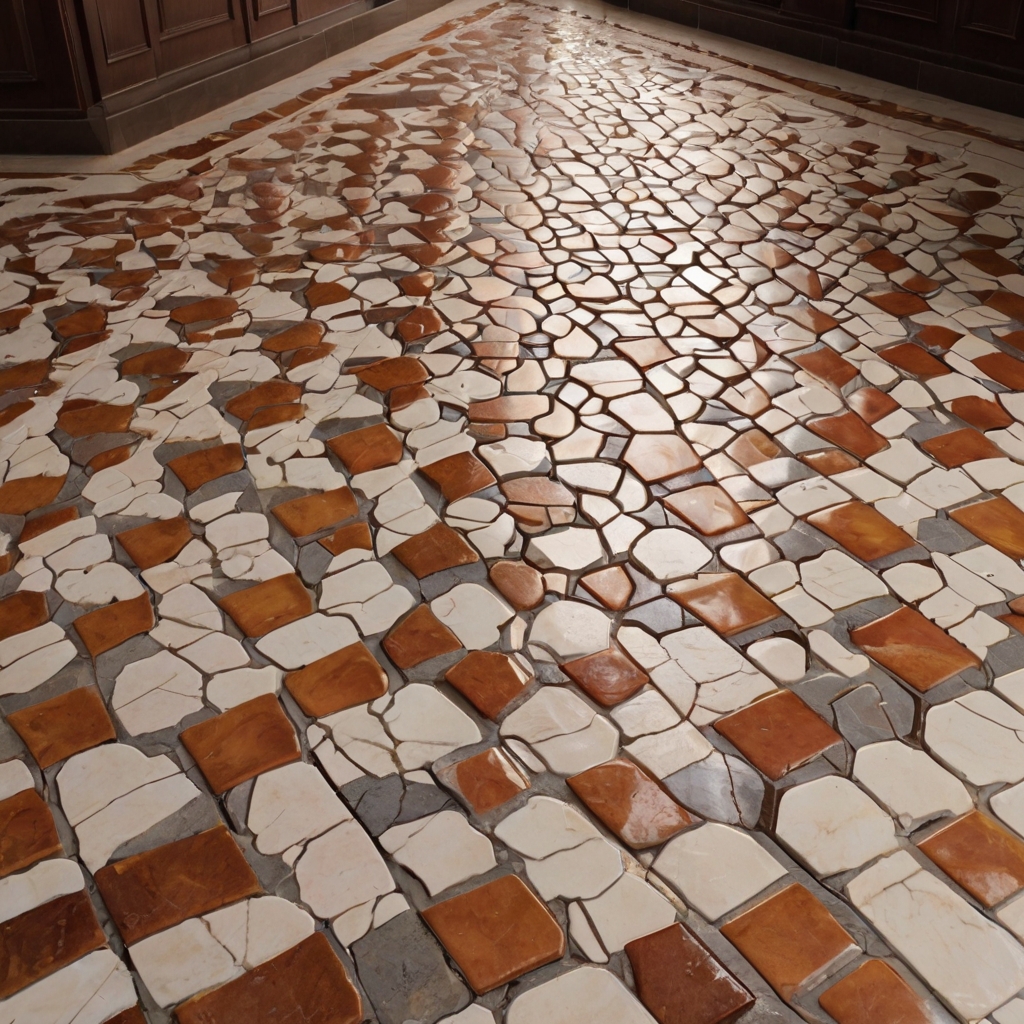When it comes to renovating or updating your kitchen, one of the most impactful decisions you’ll make is choosing the right flooring. Kitchen flooring not only sets the tone for the space but also needs to be practical, durable, and stylish. With countless options available, it can be overwhelming to decide which type is best suited for your needs. In this guide, we’ll explore various kitchen flooring choices, highlighting their benefits, drawbacks, and suitability to help you make an informed decision for your home.
1. Classic Elegance: Hardwood Flooring
Hardwood flooring is a timeless choice that brings warmth and sophistication to any kitchen. Available in a variety of species, finishes, and stains, hardwood can complement both traditional and modern kitchen designs. Its natural beauty and durability make it a popular option among homeowners.
Benefits:
- Aesthetic Appeal: Hardwood floors add a rich, natural look that can enhance the overall ambiance of your kitchen.
- Durability: With proper care, hardwood floors can last for decades, making them a long-term investment.
- Increased Home Value: Hardwood flooring can increase the resale value of your home.
Drawbacks:
- Maintenance: Hardwood floors require regular maintenance, including cleaning and refinishing to keep them looking their best.
- Susceptibility to Moisture: Wood can be sensitive to moisture, which is a concern in a kitchen environment where spills and splashes are common.
2. Modern and Durable: Vinyl Flooring
Vinyl flooring has become increasingly popular due to its affordability, durability, and ease of maintenance. Available in sheets, tiles, and planks, vinyl can mimic the appearance of natural materials such as wood or stone.
Benefits:
- Water Resistance: Vinyl flooring is highly resistant to water, making it ideal for kitchens prone to spills and splashes.
- Variety of Designs: It comes in a wide range of styles, colors, and patterns, allowing you to achieve the look you desire without the high cost of natural materials.
- Easy Installation and Maintenance: Vinyl is relatively easy to install and maintain, requiring only regular sweeping and occasional mopping.
Drawbacks:
- Wear and Tear: Over time, vinyl can become scratched or dented, especially if heavy objects are dropped on it.
- Environmental Impact: Some vinyl products are made from synthetic materials and may emit volatile organic compounds (VOCs), which can be a concern for indoor air quality.
3. Timeless and Stylish: Ceramic and Porcelain Tiles
Ceramic and porcelain tiles are a popular choice for kitchen flooring due to their durability and versatility. Available in a myriad of styles, colors, and sizes, tiles can be customized to create a unique look for your kitchen.
Benefits:
- Durability: Tiles are highly durable and resistant to scratches, stains, and moisture.
- Easy to Clean: They are easy to clean and maintain, requiring only regular sweeping and mopping.
- Variety: Tiles offer a wide range of design options, including patterns that can enhance your kitchen’s aesthetic.
Drawbacks:
- Cold Underfoot: Tile floors can be cold and hard underfoot, which might be uncomfortable without the addition of area rugs or underfloor heating.
- Grout Maintenance: The grout between tiles can become stained and may require periodic cleaning and sealing.
4. Natural Charm: Stone Flooring
Natural stone flooring, including options such as granite, marble, and slate, adds a luxurious and timeless quality to any kitchen. Each type of stone has its unique characteristics and color variations, contributing to a one-of-a-kind look.
Benefits:
- Elegance and Uniqueness: Stone flooring is known for its beauty and uniqueness, with each piece having its distinctive pattern and color.
- Durability: Natural stone is incredibly durable and can withstand heavy foot traffic and impacts.
Drawbacks:
- Cost: Stone flooring can be quite expensive compared to other options.
- Maintenance: Stone floors may require sealing to protect against stains and moisture, and some types of stone can be prone to scratching.
5. Eco-Friendly Option: Bamboo Flooring
Bamboo flooring is an eco-friendly alternative to traditional hardwood floors. Made from bamboo grass, it is a sustainable choice that offers a modern, clean look.
Benefits:
- Sustainability: Bamboo is a rapidly renewable resource, making it an environmentally friendly choice.
- Durability: Bamboo floors are generally as durable as hardwood and can withstand everyday wear and tear.
Drawbacks:
- Moisture Sensitivity: Like hardwood, bamboo can be susceptible to moisture, so it’s essential to keep it well-sealed and dry.
- Limited Color Options: Bamboo flooring generally offers fewer color and style options compared to other materials.
Conclusion
Choosing the perfect kitchen flooring involves balancing style, durability, and maintenance. Each type of flooring has its unique benefits and drawbacks, so it’s crucial to consider your lifestyle, budget, and design preferences. Whether you opt for the classic elegance of hardwood, the practicality of vinyl, the timeless appeal of tiles, the natural charm of stone, or the eco-friendly nature of bamboo, the right choice will enhance your kitchen’s functionality and aesthetics.




